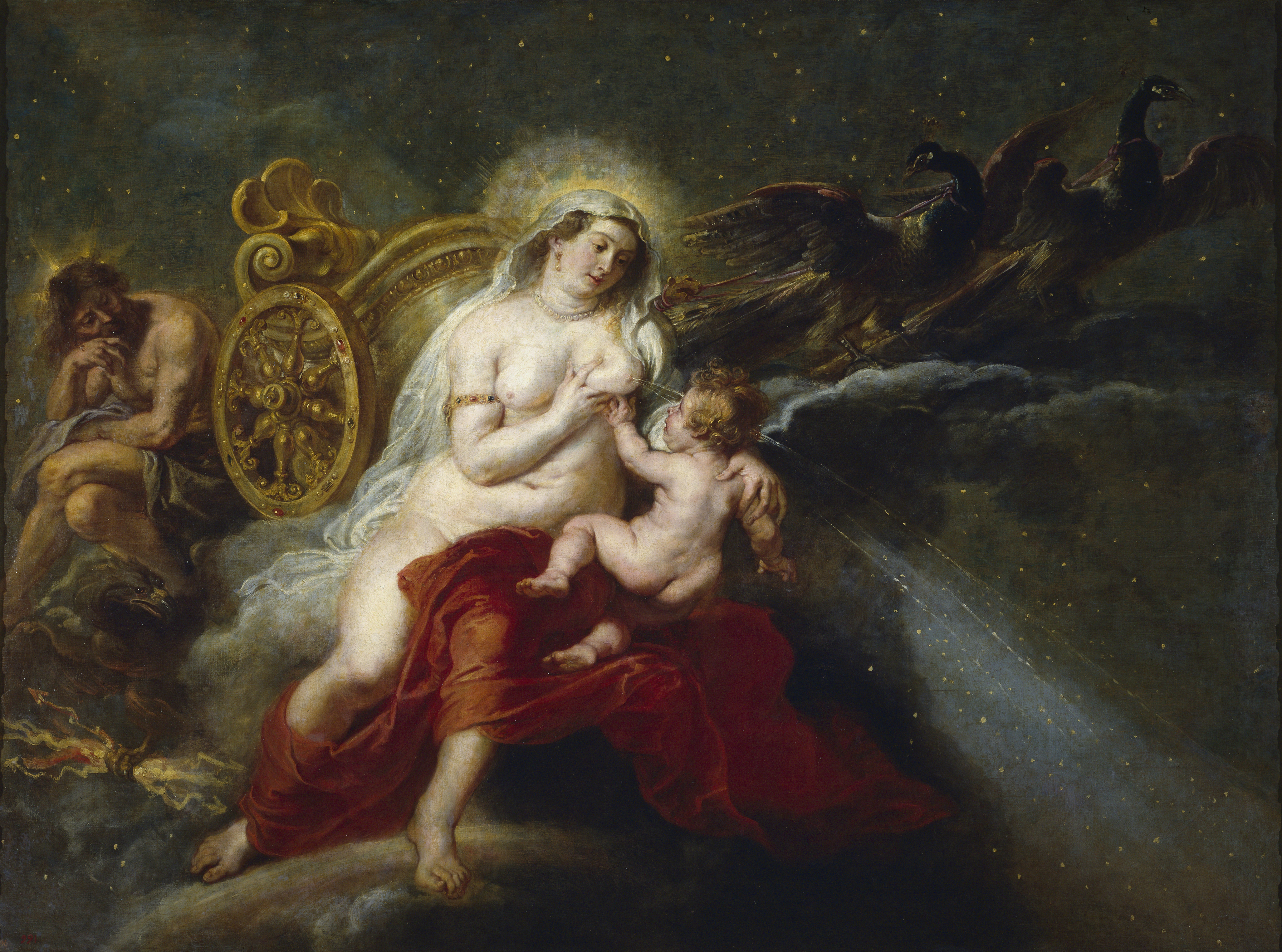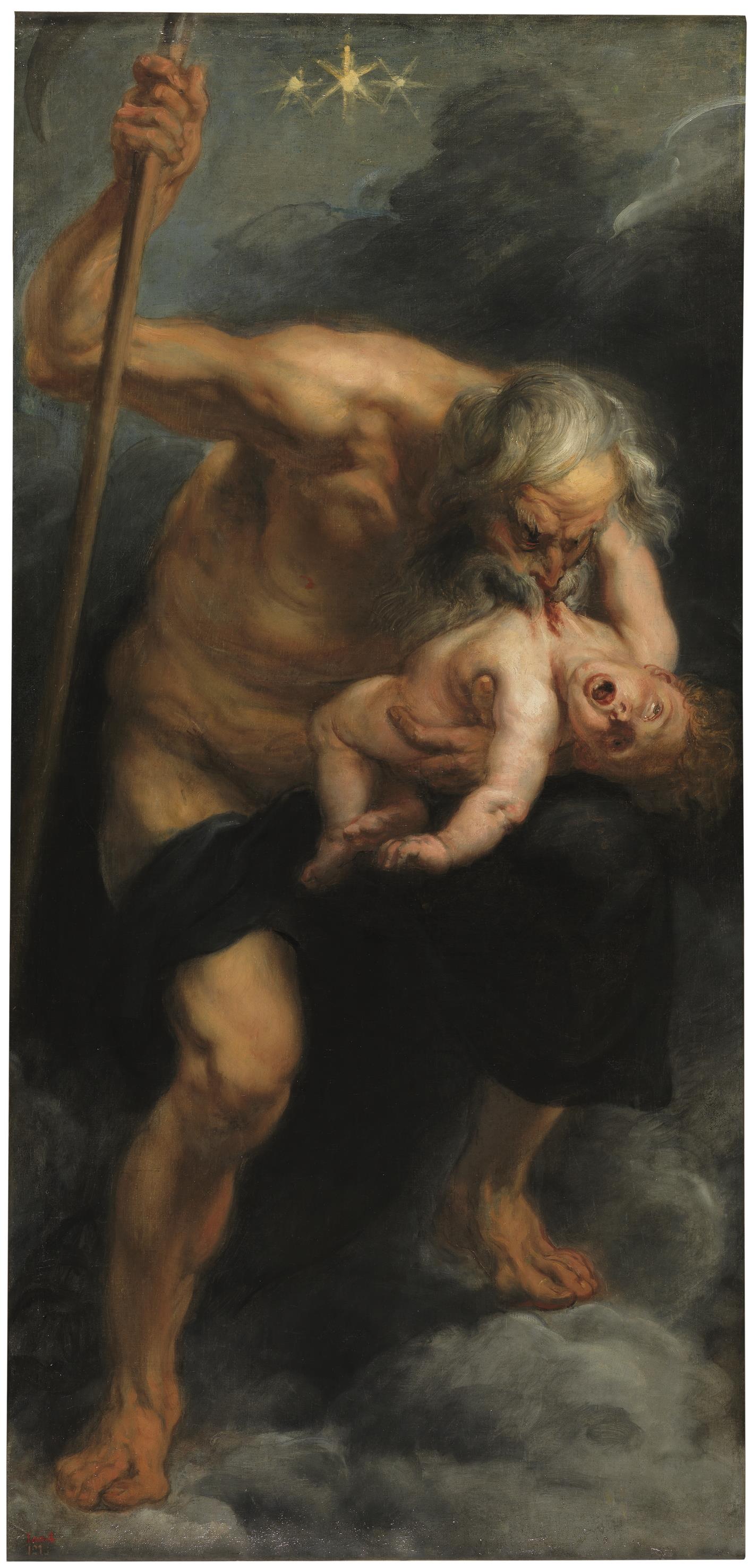
Rubens: an astronomy enthusiast
Pedro Pablo Rubens was one of the most important and prolific painters of the 17th century, whose work covers various topics such as mythology, history, naturalism or religion. But besides being a great artist, Rubens was also a cult man and interested in science, especially astronomy. In some of his works, references and homage can be appreciated to the astronomical discoveries of his time, such as those made by Galileo Galilei with his telescope.
In this article, we will look at two examples of how Rubens embodied in his canvases his admiration for the cosmos and for the scientific advances that revolutionized the vision of the universe in the 17th century.
The birth of the Milky Way
This work, which is in the Museo del Prado in Madrid, represents the myth of the origin of the Milky Way according to Roman mythology. According to Higginium's account in his Poeticon Astronomicon, the god Jupiter placed one of his bastard sons, Hercules or Mercury, in the breast of his wife Juno while she slept, so that she could drink from his milk and become immortal. When Juno woke up and realized the deception, he threw the child away from her and her milk poured out into the sky, forming the Milky Way.

Rubens recreates this moment with great mastery and beauty, but also introduces in the starry sky some celestial bodies that were observed by Galileo and that until then had passed unnoticed. Thus, we can see Saturn with its rings and moons, Jupiter with its moons or Venus with its phases. In this way, Rubens pays tribute to the Italian astronomer and his revolutionary telescope, which allowed him to discover these celestial phenomena.
Saturn eating a son
This work, which is also preserved in the Prado Museum, is one of Rubens' most shocking and violent. It is based on the Greek myth of Cronus (Saturn in Roman mythology), the god of time who devoured his newborn children for fear of being taken from his throne. Only Zeus (Jupiter) was saved, who was hidden by his mother Rea and who later overthrew his father.

In this painting, Rubens shows Saturn with a fierce and desperate expression, holding one of his children with one hand and biting his head with the other. The blood splashes the body of the child and the face of the god. The background is dark and dark, but at the top there are three celestial lights that represent Saturn and its rings, as Galileo saw them for the first time. Again, Rubens gives a kiss to the astronomer and his telescope, which allowed him to observe this planet in more detail.
These are just two examples of how Rubens reflected in his work his relationship with astronomy and his admiration for the scientific discoveries of his time. Rubens was an artist who combined classical tradition with modern innovation, creating masterpieces that still fascinate us today.
If you want to know more information about Rubens and his work, technical features, data about Renaissance artists and, above all, information about the greatest works of art that houses the Prado Museum in Madrid, we recommend "The Prado Art Guide" already available on Amazon by clicking here.

